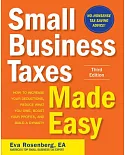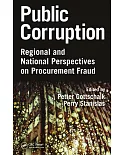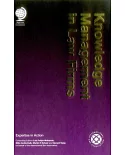Working closely with a Wiley team, Wright, Jacobson, and Smith have taken advantage of a timely opportunity to produce an exceptional history. Their immediate motive is to help launch the
year-long celebration of the company’s upcoming bicentennial, but they also want to bring Wiley’s unique story, which is central to an understanding of the history of the publishing industry,
to interested readers of history (esp. NY, corporate, and media histories), and academics and librarians in those fields..
Knowledge for Generations has an ambitious agenda: to look at Wiley and its history within the context of the publishing industry and connect its development to that of larger economic,
social, and cultural forces in the U.S. and around the world. It is more than a narrative of company events; in place are the key ingredients of an outstanding interpretive history,
including a story of sustained business success, interesting personalities, and dramatic changes in the industry. Knowledge for Generations sheds light on the long-term strengths and
weaknesses of Wiley’s business and illuminates the continuities and changes over time in markets, strategy, and industry structure. It focuses on the distinguishing characteristic of
Wiley’s ownership structure as a family-controlled firm, relating it to the company’s strategies, values, and organizational culture.
Though the themes are economic and cultural, people animate the book, and anecdotes are used liberally to illustrate human interactions around important events and decisions and bring Wiley’s
history to life. Key people were interviewed, yielding valuable information, insights, and anecdotes not provided by the written record, as well as a variety of perspectives on the
evolution of the company and the industry. The authors surveyed the company’s historical archives and did extensive research of other primary and secondary sources, meeting rigorous
scholarly and literary standards.
The book is a lively and compelling read, user-friendly in tone and format, and beautifully designed and illustrated with an extensive photography program and illuminating graphics. The
manuscript includes full source citations as endnotes. Though scholarly, the book is written for a broad audience in a lively and illuminating style that will appeal to a New Yorker or
Economist-level of reader. The book runs about 400 printed pages and has a larger-than-average trim size.





















